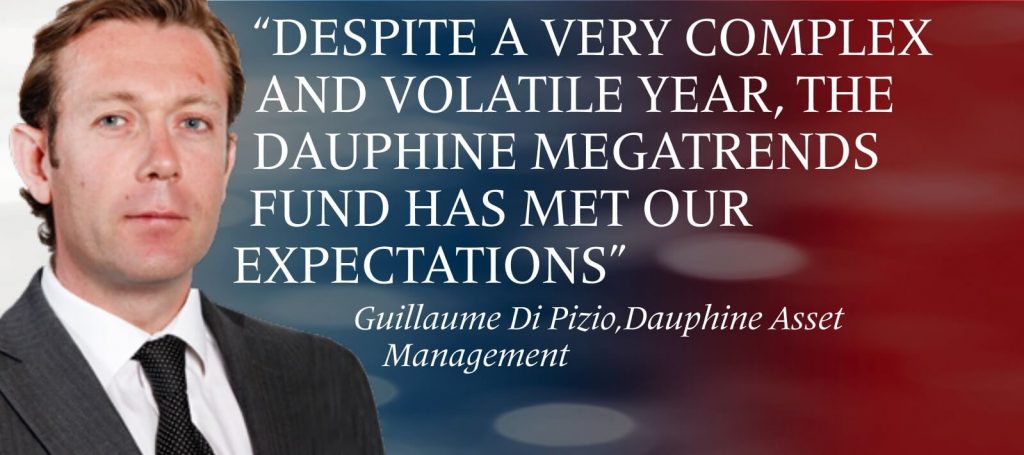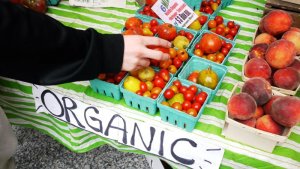Buying trends

Taking advantage of the disruptors amidst the key global trends ongoing, such as the ageing population, is at the heart of thinking about so-called megatrends. Elisabeth Reyes has discussed developments with Guillaume Di Pizio of Dauphine Asset Management.
Buying trends
Roughly a year ago saw the launch of the Dauphine MegaTrends fund by the Paris boutique Dauphine Asset Management. This followed the approval of a licence by AMF, the French regulator, for the asset management activities of the firm, which previously focused on wealth management and advisory services. Previously, Guillaume Di Pizio was appointed chief investment officer as part of the preparations for the launch of the fund, and he has commented on its first year.
What has happened in the first year of the fund ?
Despite a very complex and volatile year, the Dauphine MegaTrends fund has met our expectations on its ability to weather market rise phases whilst also being more resilient during the corrective movements. Indeed, this asymmetric performance is the result of a single management process, allowing our equity fund to display volatility close to 12% as compared to 15%+ for most of the funds and indices in the international equities category. 2018 clearly illustrated the need to adopt a new management approach in order to avoid locking itself into certain styles of funds (growth, value, small caps… ), or into a geographical area (USA, Europe, EM) or into passive management (index, ETF). On the contrary, better to combine these approaches in order to have several performance engines. Our approach is resolutely multi-thematic, focusing on the value created by ecosystems shaping tomorrow’s world.
Did you make any specific adjustments to the strategy during the past year?
We have identified four major growth trends, permanently present in the fund: The demographic challenge in the lengthening of lifespan; the ecological challenge dealing with the depletion of natural resources and the carbon footprint; the societal challenge, as populations gather more in cities rather than in rural areas; and the technological challenge, with the digitalisation of all sectors. But the weight of each of these megatrends can vary between 10% and 40% within these themes. The launch date of the fund coincided with the start of the Trade War, so the trends in natural resources and globalisation were overshadowed by profits in digitalisation and health. Over the course of the year, we have gradually stepped up our security exposure, which has become paramount in the fund. This ranges from hacking to infrastructure monitoring, through to food and personal security, thanks a thematic fund and a tracker on cybersecurity. A liquidity buffer was created in September by taking profits on certain technological themes such as blockchain or fintech. At the end of the year, the uncertainties about Chinese growth seemed exaggerated, so we reverted to household consumption in Southeast Asia to reinforce the ‘New Consumption Methods’ theme.

What are the new trends in thematic funds to follow and why?
The new trends in thematic funds sit on two main axes. First, technology ‘sub-themes’ such as fintech, blockchain, Industry 4.0, etc. The second major area is surfing the ESG wave and SRI. Some funds in search of performance ‘at any cost’ get labelled. The idea that investments have an impact on companies in the finance world, helps them to decarbonise their production or to evolve it according to the 17 objectives of sustainable development defined by the UN.
Are you planning any more product launches?
Among the themes that we consider to be promising and perennial, we are particularly interested in the organic farming market. We are afraid that while consumers are unanimous in the refusal to continue to ingest more pesticides, few governments are taking any action in this area. Yet the organic market is estimated to be over $100bn in 2018 and could reach more than $320bn in 2025, ie 17% growth per year.”
InvestmentEurope March 2019
